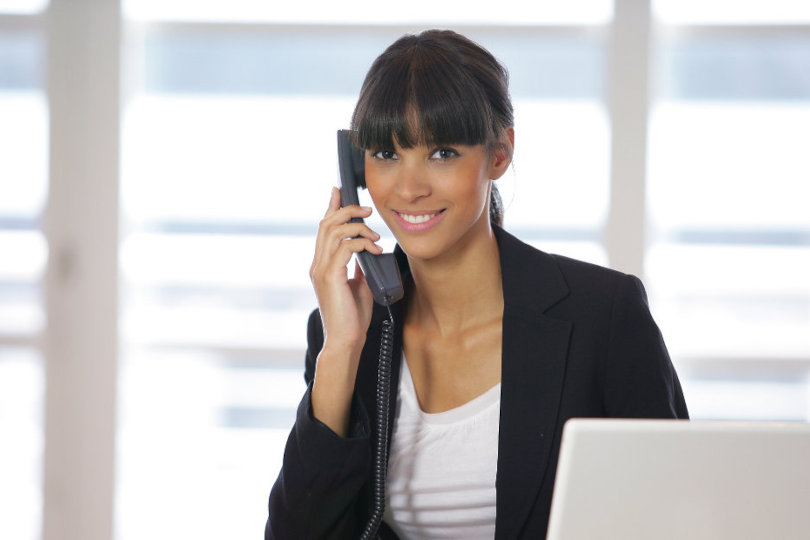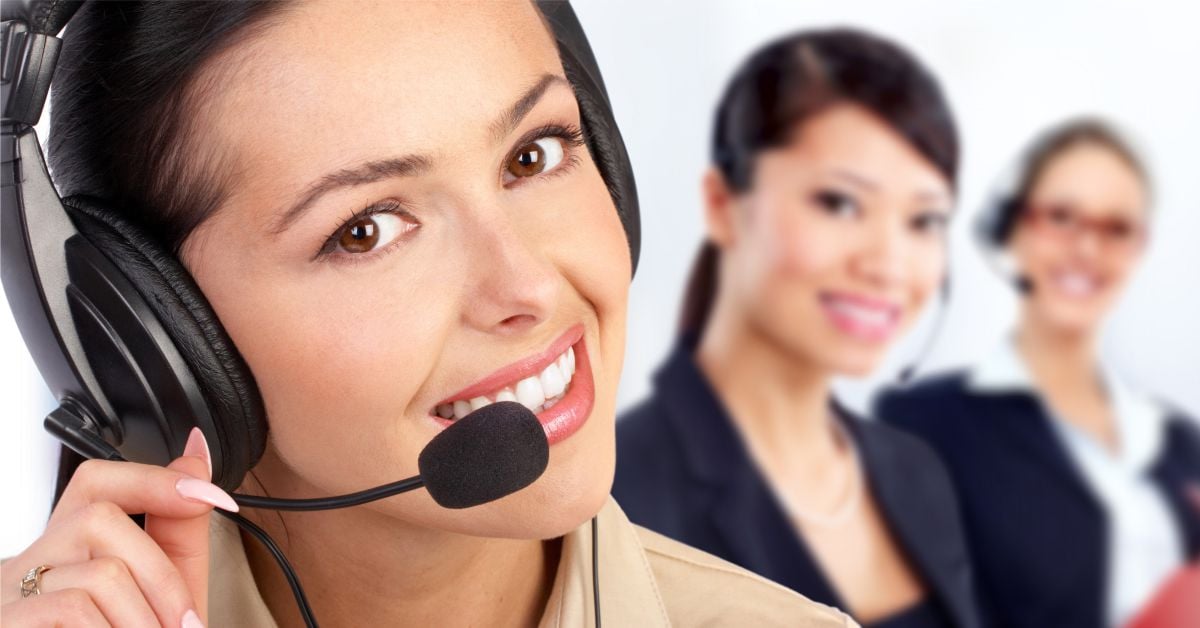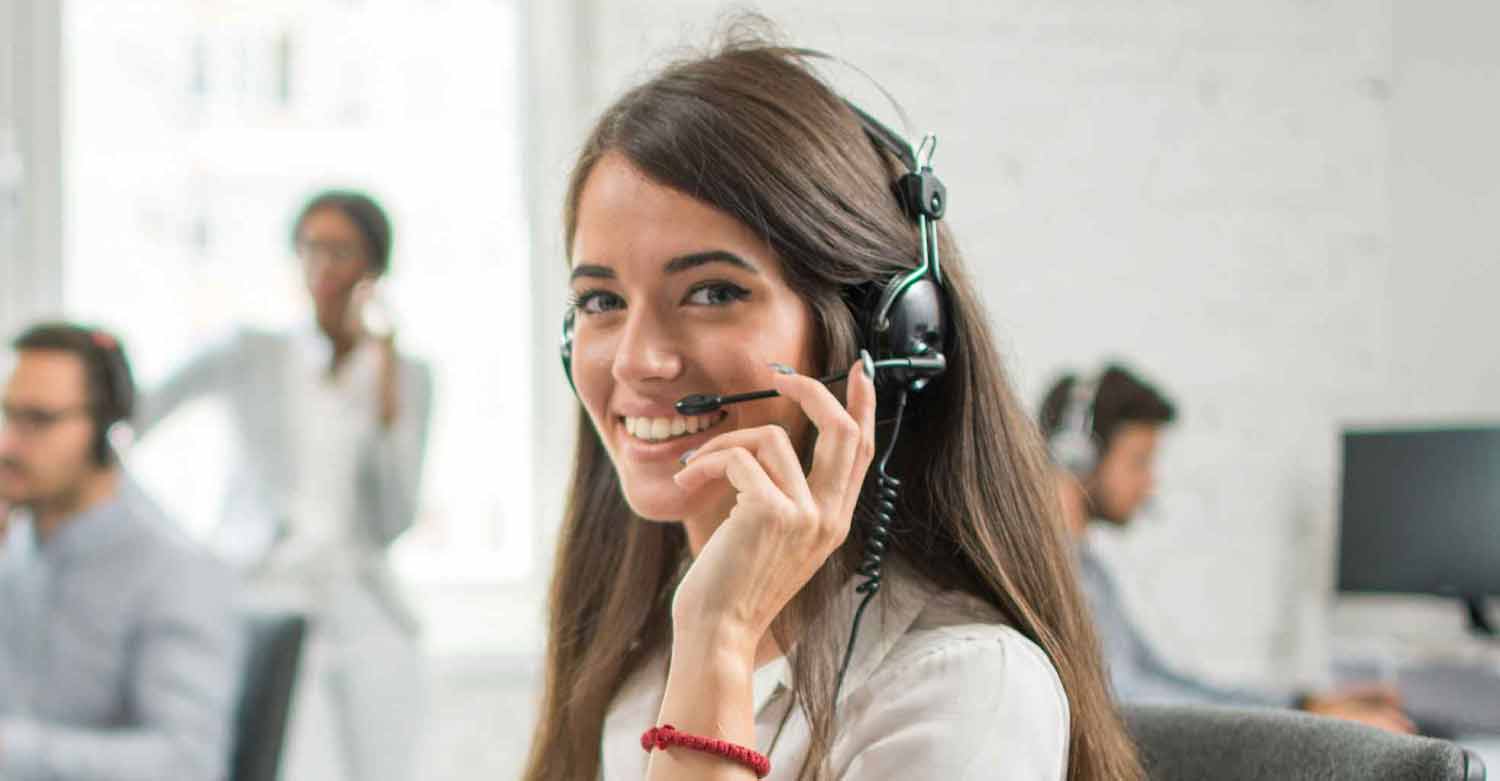All Categories
Featured
Table of Contents
- – What Is The Best Phone Answering Services - Aus...
- – The Best What Is An Answering Service? To Get
- – Which Is The Best How Answering Services Work ...
- – What Is The Best 24/7 Phone Answering - Au-ba...
- – What Is The Best What Is The Difference Betwe...
- – A Better What Are Business Call Answering Se...
What Is The Best Phone Answering Services - Australian Virtual Receptionists Product?
This device and its followers were developed by Sava Jacobson, an electrical engineer with a private consulting organization. While early voice mail utilized magnetic tape technology, most contemporary equipment utilizes strong state memory storage; some devices use a mix of both, with a solid-state circuit for the outbound message and a cassette for the inbound messages.
"toll saving" below) (local phone answering service). This is useful if the owner is evaluating calls and does not want to speak with all callers. In any case after going, the calling celebration needs to be informed about the call having been responded to (most of the times this starts the charging), either by some remark of the operator, or by some greeting message of the TAD, or resolved to non-human callers (e.
This holds specifically for the TADs with digitally kept welcoming messages or for earlier machines (before the rise of microcassettes) with an unique unlimited loop tape, separate from a second cassette, devoted to recording. There have actually been answer-only devices with no recording abilities, where the welcoming message needed to inform callers of a state of existing unattainability, or e (call answering services).
The Best What Is An Answering Service? To Get

about schedule hours. In taping Littles the greeting usually consists of an invite to leave a message "after the beep". A voice mail that utilizes a microcassette to tape messages On a dual-cassette answerphone, there is an outbound cassette, which after the defined variety of rings plays a pre-recorded message to the caller.

Single-cassette voice mail include the outbound message at the start of the tape and incoming messages on the staying space. They first play the statement, then fast-forward to the next available space for recording, then record the caller's message. If there are numerous previous messages, fast-forwarding through them can cause a significant hold-up.
This beep is frequently referred to in the greeting message, requesting that the caller leave a message "after the beep". TADs with digital storage for the taped messages do not reveal this delay, of course. A TAD might use a remote control facility, whereby the answerphone owner can ring the home number and, by entering a code on the remote telephone's keypad, can listen to tape-recorded messages, or erase them, even when away from home.
Which Is The Best How Answering Services Work Service?

Therefore the machine increases the variety of rings after which it answers the call (typically by 2, resulting in 4 rings), if no unread messages are currently kept, but responses after the set variety of rings (generally two) if there are unread messages. This enables the owner to find out whether there are messages waiting; if there are none, the owner can hang up the phone on the, e.
Some devices also allow themselves to be from another location triggered, if they have actually been switched off, by calling and letting the phone ring a specific a great deal of times (typically 10-15). Some company desert calls already after a smaller sized number of rings, making remote activation impossible. In the early days of TADs a special transmitter for DTMF tones (dual-tone multi-frequency signalling) was regionally required for push-button control, because the formerly utilized pulse dialling is not apt to convey appropriate signalling along an active connection, and the dual-tone multi-frequency signalling was carried out stepwise.
Any inbound call is not recognizable with respect to these residential or commercial properties in advance of going "off hook" by the terminal equipment. So after going off hook the calls must be changed to suitable devices and just the voice-type is instantly available to a human, however maybe, nonetheless should be routed to a TAD (e.
What Is The Best 24/7 Phone Answering - Au-based Operators - Alltel Australia Out
What if I told you that you do not have to in fact get your device when responding to a customer call? Another person will. So practical, best? Responding to phone calls doesn't require somebody to be on the other end of the line. Efficient automated phone systems can do the technique just as efficiently as a live representative and sometimes even better.
An automatic answering service or interactive voice reaction system is a phone system that interacts with callers without a live person on the line - professional phone answering service. When business utilize this innovation, consumers can get the answer to a concern about your organization merely by utilizing interactions set up on a pre-programmed call flow.
Although live operators upgrade the customer support experience, lots of calls do not need human interaction. An easy taped message or guidelines on how a client can recover a piece of information normally solves a caller's instant need - local phone answering service. Automated answering services are an easy and reliable method to direct incoming calls to the best person.
What Is The Best What Is The Difference Between An Answering Service And ... Holder For Car
Notice that when you call a company, either for support or product query, the very first thing you will hear is a pre-recorded voice greeting and a series of choices like press 1 for consumer service, press 2 for inquiries, and so on. The pre-recorded options branch off to other options depending on the customer's selection.
The phone tree system helps direct callers to the best person or department using the keypad on a smart phone. In some instances, callers can use their voices. It's worth keeping in mind that auto-attendant alternatives aren't limited to the ten numbers on a phone's keypad. Once the caller has selected their very first alternative, you can design a multi-level auto-attendant that uses sub-menus to direct the caller to the right sort of assistance.
The caller does not need to interact with a person if the auto-attendant phone system can handle their issue. The automatic service can path callers to an employee if they reach a "dead end" and need assistance from a live representative. It is pricey to hire an operator or executive assistant.
A Better What Are Business Call Answering Services? - Chalkboard?
Automated answering services, on the other hand, are substantially cheaper and offer substantial cost savings at an average of $200-$420/month. Even if you don't have committed staff to deal with call routing and management, an automated answering service enhances efficiency by allowing your group to concentrate on their strengths so they can more efficiently spend their time on the phone.
A sales lead routed to customer service is a lost shot. If a customer who has product concerns reaches the wrong department or receives incomplete answers from well-meaning employees who are less trained to manage a specific kind of concern, it can be a cause of frustration and discontentment. An automatic answering system can reduce the variety of misrouted calls, thereby assisting your staff members make much better use of their phone time while maximizing time in their calendar for other jobs.
With Automated Answering Systems, you can develop a personalized experience for both your staff and your callers. Make a recording of your primary greeting, and simply update it regularly to show what is going on in your organization. You can create as many departments or menu choices as you desire.
Table of Contents
- – What Is The Best Phone Answering Services - Aus...
- – The Best What Is An Answering Service? To Get
- – Which Is The Best How Answering Services Work ...
- – What Is The Best 24/7 Phone Answering - Au-ba...
- – What Is The Best What Is The Difference Betwe...
- – A Better What Are Business Call Answering Se...
Latest Posts
Effective Virtual Assistant Phone Answering
Specialist Emergency Call Answering Service – Perth
Virtual Phone Answering Near Me
More
Latest Posts
Effective Virtual Assistant Phone Answering
Specialist Emergency Call Answering Service – Perth
Virtual Phone Answering Near Me